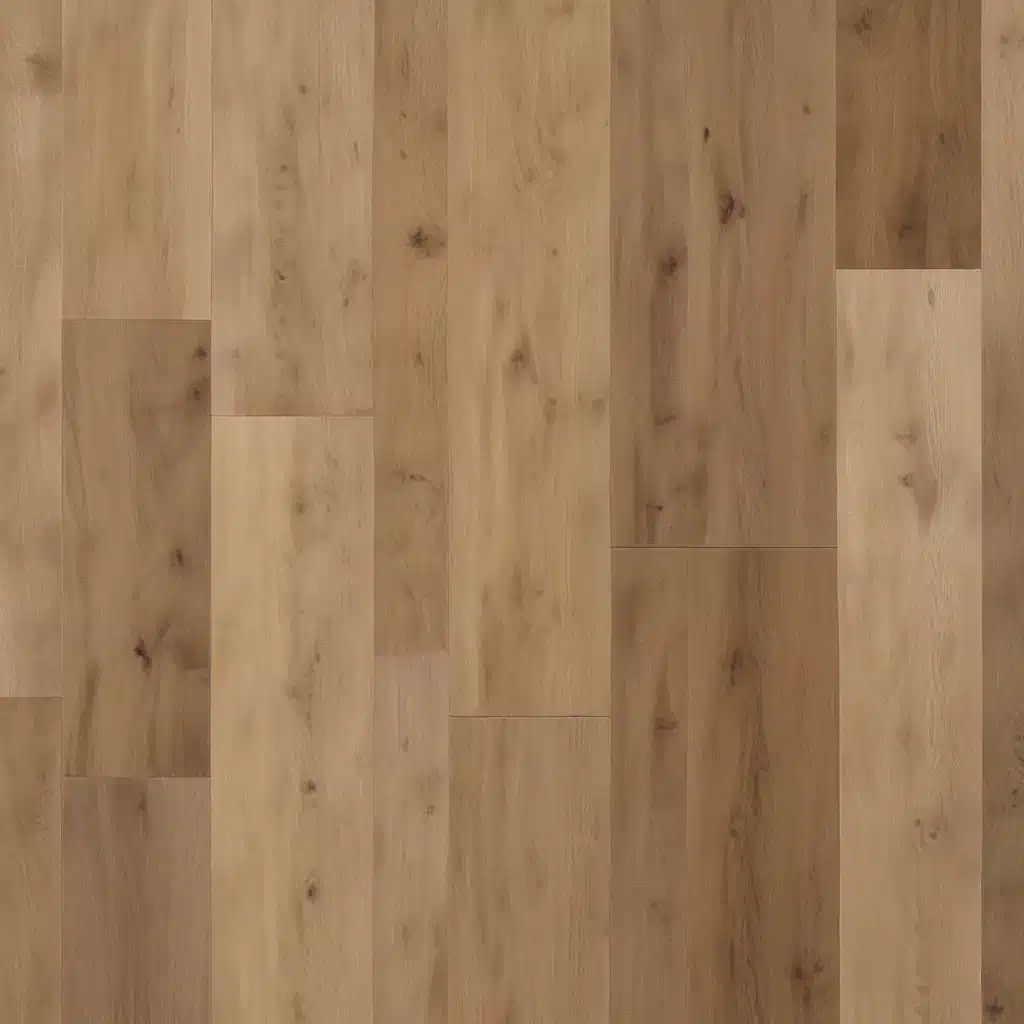
As an experienced home improvement consultant, I understand the unique challenges of renovating small spaces. When it comes to selecting the right flooring, sustainability, durability, and space optimization are crucial considerations. In this comprehensive guide, I’ll explore several eco-friendly flooring options that can transform your compact living areas into beautiful, functional, and long-lasting havens.
Eco-Friendly Flooring Considerations
Choosing the right flooring for a small space involves balancing multiple factors. Sustainability should be a top priority, as environmentally-friendly materials reduce your carbon footprint and support a greener future. Durability and longevity are also essential, ensuring your floors withstand daily wear and tear while maintaining their aesthetic appeal. Finally, strategic space optimization is key, as smart flooring choices can make the most of every square inch.
Sustainability Factors
Look for flooring made from rapidly renewable, recycled, or reclaimed materials. Bamboo, cork, and reclaimed wood are excellent eco-friendly options, as they minimize the use of virgin resources. Additionally, seek out products with low volatile organic compound (VOC) emissions, which can negatively impact indoor air quality.
Durability and Longevity
Durable flooring is crucial in small spaces, where replacing worn-out surfaces can be a significant hassle. Luxury vinyl tile (LVT), cork, and certain bamboo varieties offer exceptional resistance to scratches, dents, and water damage, ensuring your floors maintain their pristine condition for years to come.
Space Optimization
In compact rooms, every inch counts. Carefully consider the visual impact of your flooring choice, as light-colored or reflective surfaces can create the illusion of a more spacious environment. Additionally, explore low-profile flooring options that minimize the transition between rooms, seamlessly connecting your living areas.
Bamboo Flooring
Bamboo has emerged as a popular eco-friendly flooring choice, offering a unique blend of sustainability, durability, and style.
Benefits of Bamboo
Bamboo is a rapidly renewable grass that grows much faster than traditional hardwood trees. This makes it an inherently sustainable material, with a low environmental impact. Bamboo is also incredibly strong and resistant to scratches, dents, and water damage, making it an excellent choice for high-traffic areas.
Bamboo Varieties
When selecting bamboo flooring, consider the different varieties available. Vertical-grain and strand-woven bamboo are particularly durable options, with a tighter, more uniform grain pattern. Horizontal-grain bamboo offers a more traditional wood-like appearance, while carbonized bamboo has a rich, caramelized hue.
Bamboo Installation
Bamboo flooring can be installed using a variety of methods, including floating, nail-down, and glue-down techniques. The installation approach will depend on the specific subfloor conditions and the bamboo product you choose. Proper installation is crucial for ensuring the long-term performance and stability of your bamboo floors.
Cork Flooring
Cork is another exceptional eco-friendly flooring option, offering a unique combination of benefits for small spaces.
Cork Characteristics
Cork is harvested from the bark of cork oak trees, a renewable and sustainable resource. It is naturally water-resistant, anti-microbial, and hypoallergenic, making it an ideal choice for areas with high moisture levels or for those with sensitivities.
Cork Resilience
One of the standout features of cork flooring is its remarkable resilience. The material’s inherent cushioning and shock-absorption properties help to reduce fatigue and minimize the impact of dropped items, making it a comfortable and durable choice.
Cork Versatility
Cork flooring comes in a wide range of natural colors and patterns, allowing you to create a cohesive and visually appealing look throughout your small space. It can also be easily cut and installed around obstacles, making it an adaptable solution for unique floor plans.
Reclaimed Wood Flooring
For a rustic and environmentally-conscious approach, reclaimed wood flooring offers a unique charm and a reduced environmental impact.
Repurposed Materials
Reclaimed wood is sourced from old structures, such as barns, factories, or even shipwrecks, giving each plank a distinct history and character. By repurposing these materials, you’re giving them a new life and reducing the demand for virgin timber.
Rustic Charm
The natural imperfections, knots, and variations inherent in reclaimed wood flooring create a one-of-a-kind aesthetic, adding warmth and character to your small space. This timeless look can seamlessly blend with a variety of design styles, from industrial to farmhouse.
Environmental Impact
By choosing reclaimed wood, you’re not only preserving the history of the materials but also reducing the environmental impact associated with new timber harvesting. This sustainable approach helps to minimize waste and conserve natural resources.
Luxury Vinyl Tile (LVT)
While not a natural material, luxury vinyl tile (LVT) has emerged as a durable and versatile flooring option for small spaces, offering a range of eco-friendly features.
LVT Composition
LVT is composed of multiple layers, including a waterproof core and a protective wear layer. This construction makes it highly resistant to moisture, scratches, and dents, making it a practical choice for areas with high foot traffic or potential water exposure.
LVT Waterproofing
The waterproof nature of LVT makes it an excellent choice for bathrooms, laundry rooms, and other wet areas, where traditional hardwood or laminate flooring may not be suitable. This water resistance helps to prevent mold, mildew, and other moisture-related issues.
LVT Design Options
LVT offers a diverse array of design options, from wood-look planks to stone-inspired tiles. This versatility allows you to create a cohesive and visually appealing flooring solution that seamlessly integrates with your small space’s overall aesthetic.
Whether you’re drawn to the natural charm of bamboo, the resilience of cork, the rustic appeal of reclaimed wood, or the versatility of luxury vinyl tile, there are ample eco-friendly and durable flooring options to transform your compact living area. By carefully considering the unique characteristics of each material and how they align with your sustainability goals and spatial needs, you can create a beautiful, functional, and long-lasting flooring solution for your small space. For more renovation inspiration and expert advice, be sure to visit Reluctant Renovator.



